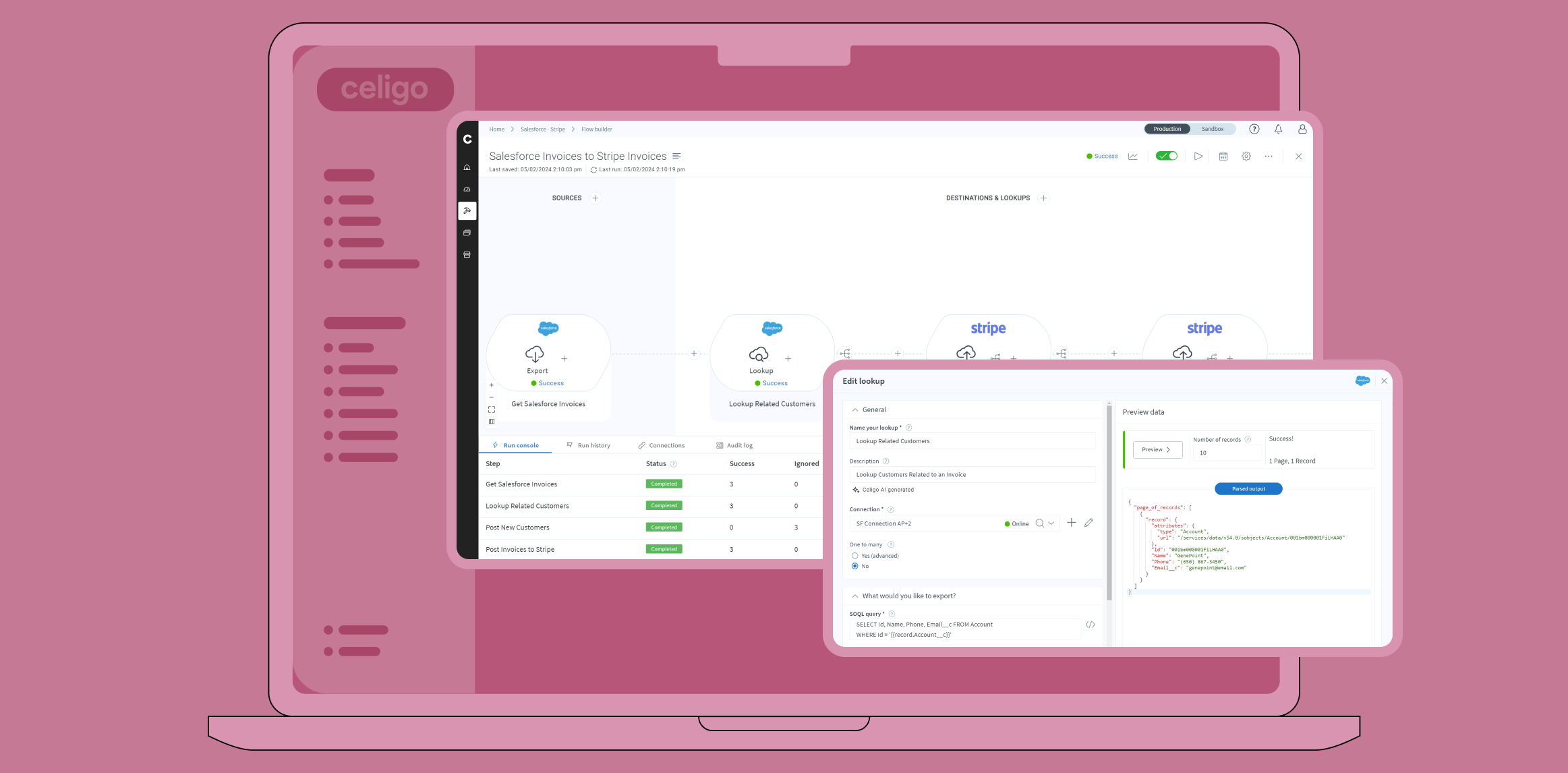Published Sep 1, 2022
A guide to business growth amid economic uncertainty

Technology leaders face numerous challenges from inflationary pressures, leaving less to invest in technology. Rising operational costs, reduced budgets, and a talent shortage place extra stress on companies, as hiring and retaining technical staff is becoming more costly and challenging.
Despite these challenges, an economic downturn can present the best business expansion and innovation opportunities. Here, we’ll discuss several ways to grow your business, enhance productivity, and reduce operational costs amid economic uncertainty.
Make automation a priority
The most innovative companies empower every employee and department with the ability to take action on the problems closest to them. Automating key business processes is a critical component of any strategy to achieve business scale and velocity, saving countless hours and frustration—while enabling businesses to do more with less. Invest in a scalable integration and automation infrastructure that empowers employees to optimize their business processes while exploring new automation opportunities.
Create an exceptional customer experience
A positive customer experience is key to scaling revenue growth, with 86% of customers willing to pay more for a better experience and 93% of consumers being more likely to make a repeat purchase after a positive customer experience. Happy customers are more loyal, generate more revenue, and can become strong brand advocates.
Considering that a new customer is 6x more expensive to acquire, perfecting your customer experience is vital in times of economic uncertainty. Companies implementing a customer experience strategy achieve higher customer satisfaction rates, reduced customer churn, and increased revenues. Process automation will help you develop and refine a 360-degree view of your customers to create an exceptional customer experience and position yourself to predict their current and future needs.
Automate commodity work
High-growth companies stay ahead of the competition by utilizing resources more efficiently. Process automation can help you make the most of your talent and resources, free employees from repetitive tasks, and allow them to focus on more innovative and strategic initiatives. This also enhances the employee experience as people can focus on interesting and rewarding work instead of rote tasks, reducing employee churn and hiring and training costs.
Keep development costs down with self-service
You can maintain the same headcount with process automation while increasing business impact. With an automation and integration platform where business users can independently self-serve, IT can more quickly provide the technologies that the business and stakeholders rely on, all while maintaining data governance, visibility, and control.
By enabling business users to self-serve, developers can spend up to 80% less time on basic integration and automation work. Developers can rapidly create and modify complex automations with Celigo, increasing their efficiency by 50% or more. This not only cuts costs but also increases revenue upside and developer satisfaction. Staff can reduce time spent managing errors by 20% with Celigo’s error management, and they can learn to take on more automation implementations with free online learning.
Federate IT
Make the most of your IT resources using a federated automation model. You can move the day-to-day data integration and automation management to the line-of-business users that own them while IT retains visibility and governance over data pipelines. Short-term, you can enable business teams to create and modify integrations to reduce IT time spent by 75% or more. In the long term, your shift toward an agile, federated IT team will grow business users’ technology skills across your organization. This approach prepares your business to take on any future integration and process automation projects.
Progress organizational AI skills
Dozens of applications across multiple APIs that change frequently make error management essential. Celigo introduces your teams to machine learning use cases such as integration error management. With self-corrections made by Celigo, you can lower costly hands-on staff time, freeing up time to add more integrations and reach more customers.
Eliminate data silos
Are you effectively utilizing your cloud data warehouse? Data silos cause business problems for most mid-size to enterprise companies. Many operational apps are disconnected, and data becomes siloed and quickly outdated. With Celigo, business users in finance, sales, operations, and marketing teams can ingest data from ERPs and CRMs into a cloud data warehouse and then extract that data into user-facing applications for analytics.
Get more ROI from your ERP
Make the most of your ERP investment by creating an application hub, connecting additional systems that power growth-driving functions like ecommerce, finance, sales, and product management. You can more rapidly automate and streamline processes across the business and improve the quality and timeliness of data for analytics and operations.
Increased data visibility between sales and finance can yield cascading benefits, including collecting payments faster, reducing audit times, and lowering the cost of human errors and manual processes.
Constantly evolve and perfect your automation strategy
An automation strategy is not a set-it and forget-it – it needs to evolve and grow. Build out your future automation roadmap to integrate and automate all of your major business processes end-to-end. Investing in the right automation platform helps you navigate economic uncertainty by fully utilizing resources, improving data accuracy, and eliminating data silos and manual processes while minimizing costly mistakes.
In the short term, an automation-first approach helps companies adapt to challenges and opportunities in the market much faster than one-off automations. To succeed long-term, you must allow everyone to participate in automation initiatives. Prioritize automation stages, and outline your future business objectives and adoption methods. This way, you will maximize your resources and effectively scale your automation processes.
Foster an automation-first culture across all areas of the organization
Driving continuous automation at scale requires an automation-first mindset at every level of the organization. Process automation benefits everyone within the organization – not only select departments. With an automation-first culture, people will continuously explore automation opportunities to make their lives easier and their work more meaningful. Once the market recovers, you will maintain a competitive advantage, equipped with a culture focused on continuous innovation.
Learn more about how to increase productivity and reduce operational costs with integration-driven automation.



